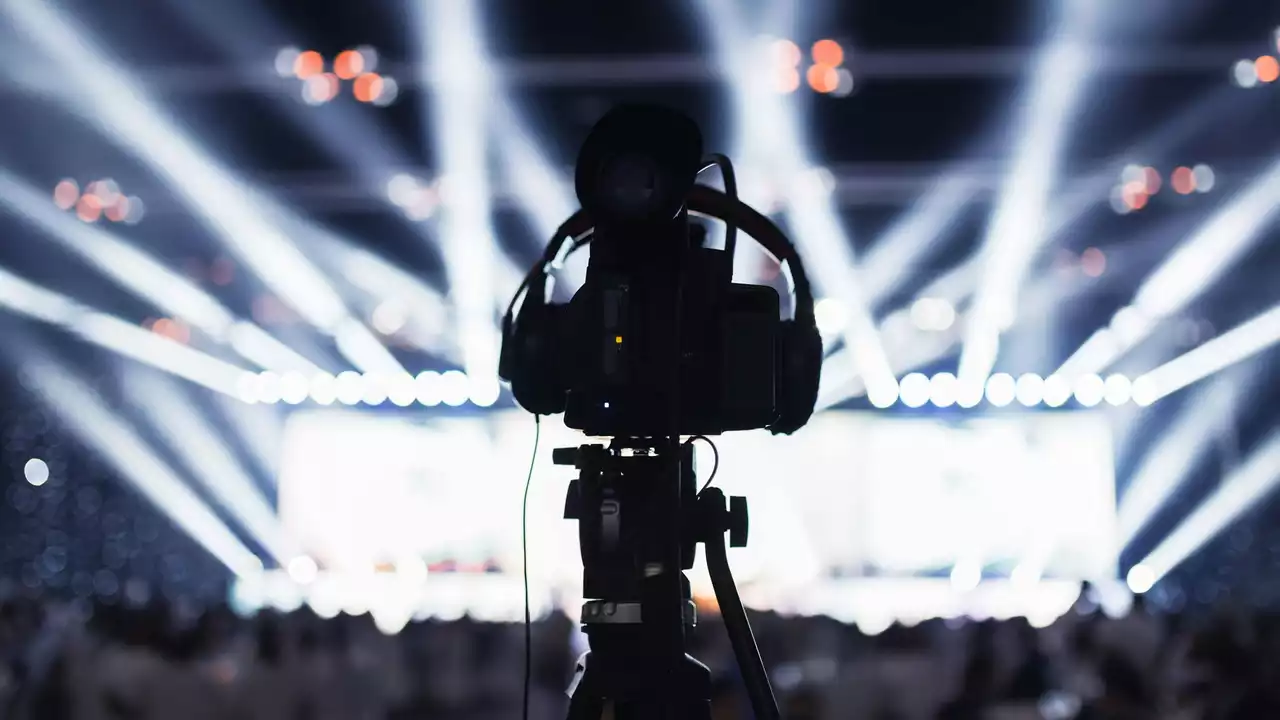How are live TV sports events produced?
 Jul, 18 2023
Jul, 18 2023
Behind the Scenes of Live Sports TV Production
Live sports are an adrenaline rush for both the players and the viewers. But have you ever wondered what goes behind the production of these live TV sports events? There is a whole world of effort, technology and coordination that takes place behind the scenes to bring you every pass, every goal, and every critical moment of your favorite game. Let's dive in and find out more about this complex yet fascinating process.
The Pre-production Phase
The production of any live TV sports event begins much before the game starts. This is known as the pre-production phase. During this time, the production team scouts for the perfect location, sets up the equipment, and ensures that everything is in place for the event. They also create the event agenda, coordinate with the teams and players, and arrange for any special requirements. This phase is critical to ensure a smooth broadcast of the event.
Setting Up the Broadcast Equipment
One of the most important aspects of live TV sports events is the broadcast equipment. This includes cameras, microphones, lighting equipment, and more. These are set up in strategic locations around the stadium to capture every angle of the game. The production team checks and double-checks all the equipment to ensure that they are working perfectly. Any delay or glitch in the broadcast can ruin the viewing experience for the audience.
Role of the Director in Live Broadcast
The director plays a crucial role in the production of live TV sports events. They are the ones who decide which shots to take, when to cut to a different camera, when to show replays, and so on. They have to make split-second decisions that can dramatically impact how the event is perceived by the viewers. The director is also responsible for coordinating with the rest of the production team and ensuring that everyone is on the same page.
Importance of Commentary
No live TV sports event is complete without commentary. The commentators provide a play-by-play description of the game, offering insights and analysis that enhance the viewers' understanding and enjoyment of the event. They have to be knowledgeable about the sport, quick on their feet, and able to communicate effectively under pressure. A good commentator can make even a dull game interesting!
Managing Live Graphics and Replays
Graphics and replays are an essential part of any live TV sports broadcast. They help to highlight key moments of the game, provide stats and information, and give viewers a closer look at the action. Managing these elements in real-time can be a challenging task. It requires a team of skilled professionals who can quickly create and integrate graphics into the live broadcast, as well as select and cue replays at the right moments.
Dealing with Technical Difficulties
Broadcasting live TV sports events is not without its challenges. Technical difficulties can arise at any moment, and the production team must be prepared to deal with them swiftly and effectively. This could involve troubleshooting equipment, managing network issues, or even dealing with power outages. The ability to stay calm under pressure and find quick solutions is crucial in this high-stakes environment.
Post-production and Analysis
Even after the game ends, the work is not over for the production team. The post-production phase involves reviewing the broadcast, analyzing the performance, and looking for ways to improve future broadcasts. This could involve anything from tweaking the camera angles to improving the graphics or replays. The goal is always to provide the best possible viewing experience for the audience.
Producing live TV sports events is a complex, demanding, and ultimately rewarding process. It takes a dedicated team of professionals working behind the scenes to bring the excitement and drama of the game to viewers around the world. So, the next time you tune into a live sports event, spare a thought for the people who make it all possible!